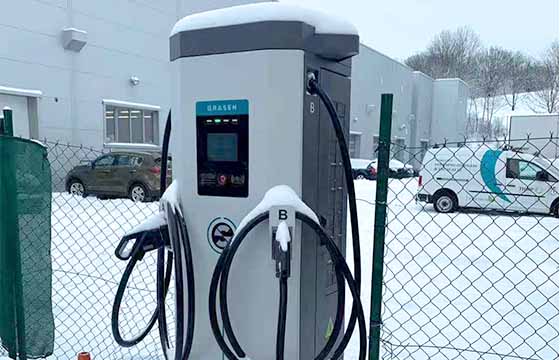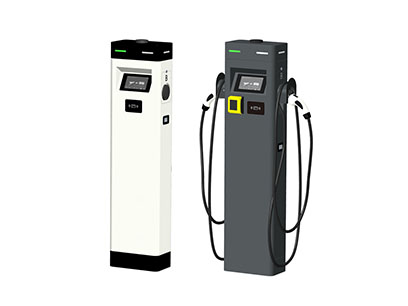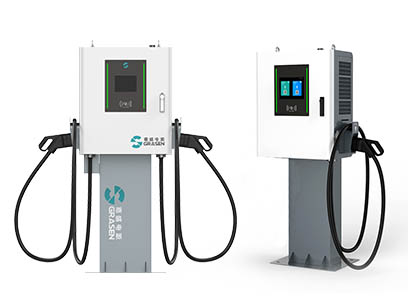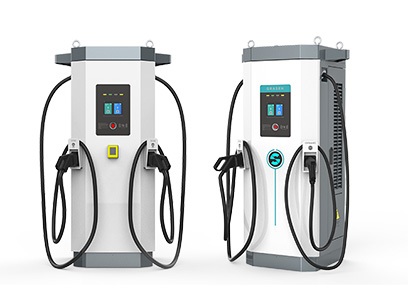Time:
EV (Electric Vehicle) charging in cold weather can be a challenging experience as the cold temperatures can negatively impact the battery performance. Frigid temperatures cause the battery of EVs to lose its range and lifespan, thereby reducing the driving range. It may take longer to charge the car, and the charging stations may be less efficient in freezing temperatures, which can cause the batteries to reach their maximum capacity slowly.
If the charging of an electric car takes place indoors, the weather's influence can be ignored. However, for most commercial uses, the EV charger can only be installed outside. In this article, Grasen will share some quick tips on how to effectively charge an electric car in cold weather.

Since the charging process may take more time in cold temperatures, it is important to plan ahead. Some EV chargers, such as the Grasen AC EV charger and DC fast charger, offer the added benefit of scheduling charging sessions through a user-friendly mobile app.
Many electric vehicles have a preheat mode. Warm up your car before you get in with your EV’s app. Because the EV Battery Management System (BMS) regulates your charging speed. In cold weather conditions, the thermal management system of the battery may restrict the charging speed to ensure the battery's safety. As your battery’s temperature warms up to the ideal range for its chemistry, your BMS will loosen its charging limits.
If available, consider using the EV’s heated seats and heated steering wheel instead of heating the entire cabin. These features consume significantly less energy, which can affect how quickly the battery drains.
The BMS conserves a portion of your battery's energy to warm itself up when the temperature drops. The exact percentage varies depending on your vehicle, so consult your car's manual for more information. However, as a general guideline, aim to keep your battery's state of charge (SoC) above 20% during cold weather.
Ingress Protection (IP) ratings are standards for the degree of protection an electrical enclosure provides for users from internal electronics and for the electrical components inside against the ingress of foreign objects and water.
IP ratings have two numbers: the first digit in the rating indicates the enclosure's ability to protect against the ingress of foreign solid objects, such as dust; the second digit indicates the level of protection against the ingress of water or other liquids.
Grasen provides EV charging stations in two different IP ratings: IP54 and IP55 - fulfills the following criteria:
Grasen EV charging products' internal parts are protected from the elements and able to work normally from -22℉ to 122℉ (-30℃ to 50℃). They’ll be able to withstand cold temperatures, even when installed outside. Exposure to extreme temperatures outside of this range may decrease the functionality of the product.

Dual ports AC EV Charger

30kW 60kW DC EV Charger

60kW~200kW DC Fast EV Charger
Recommend for You
Submit Request